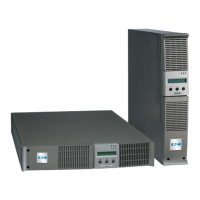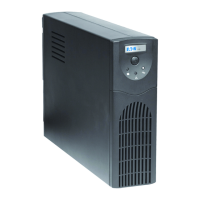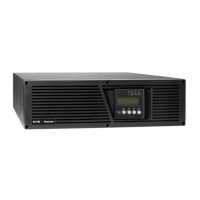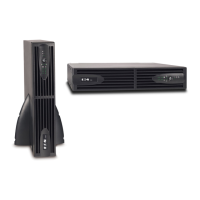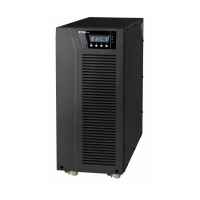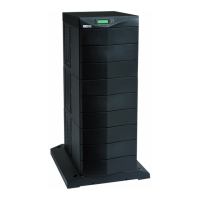What to do if red LED 12 is on and alarm beeps on my Eaton Pulsar?
- AAllen AbbottAug 14, 2025
If the red LED 12 is on and the audio alarm beeps every 30 seconds, it means that the UPS battery backup outlets 9 are overloaded. To resolve this, disconnect excess equipment connected to the battery backup outlets 9.


